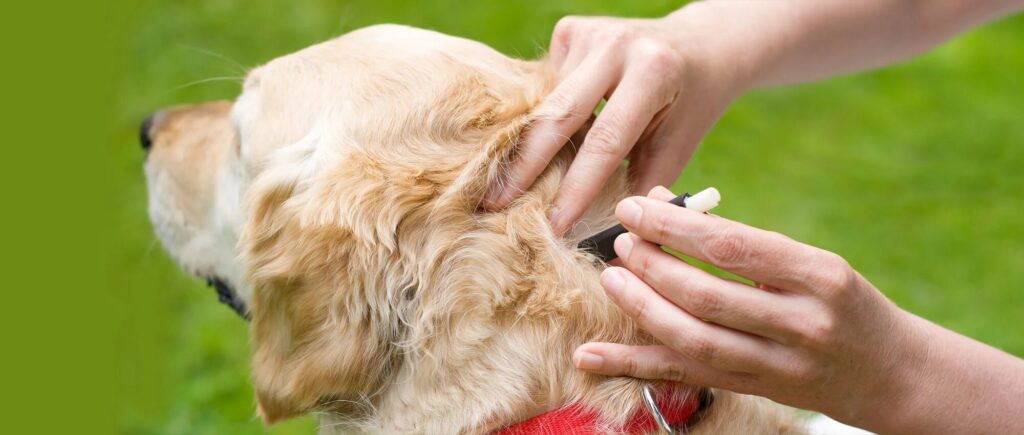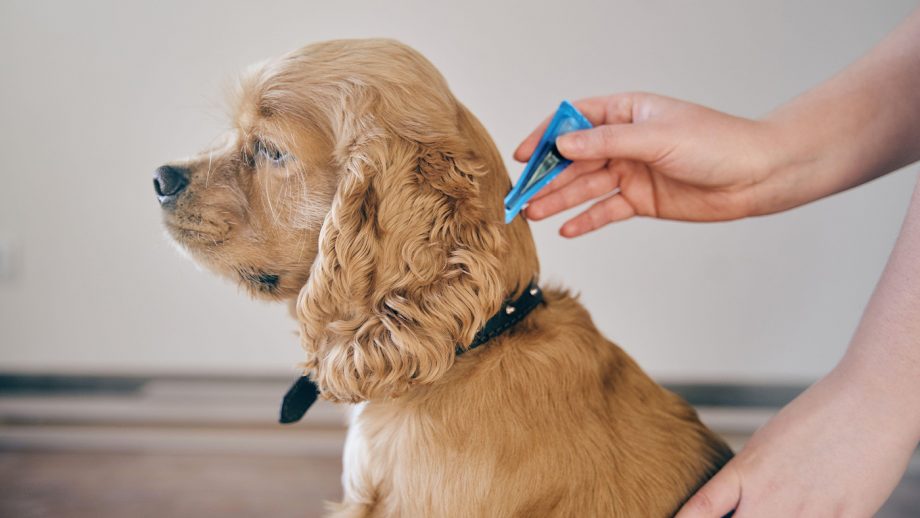Quick search
CTRL+K
Quick search
CTRL+K
Billy Morgan
Finding a tick on your beloved pet can be a cause for concern. These tiny hitchhikers can latch onto your dog or cat during walks in the park or even playtime in your own backyard. But don’t panic! Remove a tick safely and effectively is a straightforward process you can handle at home.
This blog will guide you through everything you need to know about tick remove for your pet. We’ll cover the essential tools, the proper removal technique, and some aftercare tips to ensure your furry friend’s well-being.

Ticks are external parasites that feed on the blood of animals and humans. While not all ticks carry diseases, some can transmit serious illnesses like Lyme disease and Rocky Mountain spotted fever. The longer a tick stays attached to your pet, the higher the risk of infection.
During their blood meal, ticks tend to swell in size, making them easier to spot. Regularly check your pet’s fur, especially after walks in grassy or wooded areas. Pay close attention to areas like the ears, neck, legs, and between the toes.
Before you begin, gather the following supplies:

The best way to deal with ticks is to prevent them in the first place. Here are some tips:

Scheduling regular checkups with your veterinarian is vital for your pet’s overall health and well-being. During these visits, your vet can assess your pet for any potential tick-borne illnesses and discuss the most appropriate tick prevention medication for your furry friend.
There are various tick prevention medications available, each with its own benefits and considerations. Discuss the best options for your pet with your veterinarian. Some factors to consider include:
By working with your veterinarian to choose the right preventative measures, you can significantly reduce the risk of tick infestations and keep your pet safe from tick-borne diseases.
Removing a tick from your pet might raise some questions. Here are some commonly asked questions to put your mind at ease:
If the tick is deeply embedded or your tweezers aren’t pointy enough, a tick removal tool can be helpful. These tools have a small notch that allows you to hook the tick’s body and gently pull it upwards. Remember, slow and steady pressure is key!
Don’t panic! While ideal to remove the entire tick, sometimes the mouthparts can break off and remain embedded in the skin. The good news is, your pet’s body will usually naturally expel these tiny parts over time. You can monitor the area for signs of infection, and if any develop, consult your veterinarian.
Unless your veterinarian recommends a specific treatment, it’s generally best to avoid applying ointments or creams to the bite area. These products can irritate your pet’s skin and might hinder the natural healing process.
While some pets might experience mild discomfort after tick remove, lethargy can be a sign of something more serious. If your pet seems unusually sluggish, loses their appetite, or exhibits other concerning symptoms, consult your veterinarian right away.
It’s a good practice to monitor the bite area for several days or even weeks after tick remove. Watch for any signs of redness, swelling, or pus formation, which could indicate an infection. Early detection and treatment of tick-borne illnesses are crucial for your pet’s well-being.
It’s strongly advised against using home remedies for tick remove. Methods like burning the tick with a match, smothering it with petroleum jelly, or using nail polish are not only ineffective but can also irritate your pet’s skin and potentially worsen the situation. Stick to the safe and effective methods mentioned earlier.
Never use tick remove products formulated for humans on your pet. These products can be toxic to animals and cause serious health problems. Always use pet-specific tick prevention and removal products recommended by your veterinarian.
Symptoms of tick-borne diseases in pets can vary depending on the specific illness. However, some common signs include:
If you notice any of these signs after tick remove, consult your veterinarian immediately. Early diagnosis and treatment can significantly improve your pet’s chance of a full recovery.
Read Also : How To Travel With Your Pets: A Complete Guide
Ticks are a common concern for pet owners, but with proper knowledge and preparation, you can effectively manage the situation. By following the tips outlined in this blog, you can confidently remove ticks from your pet and minimize the risk of tick-borne illnesses. Remember, early detection and removal are key!
Regular pet checkups, preventative measures, and a proactive approach to tick management will ensure your furry companion enjoys a happy and healthy life, free from these pesky hitchhikers.pen_sparktunesharemore_vert
© All rights reserved. Made in Canada